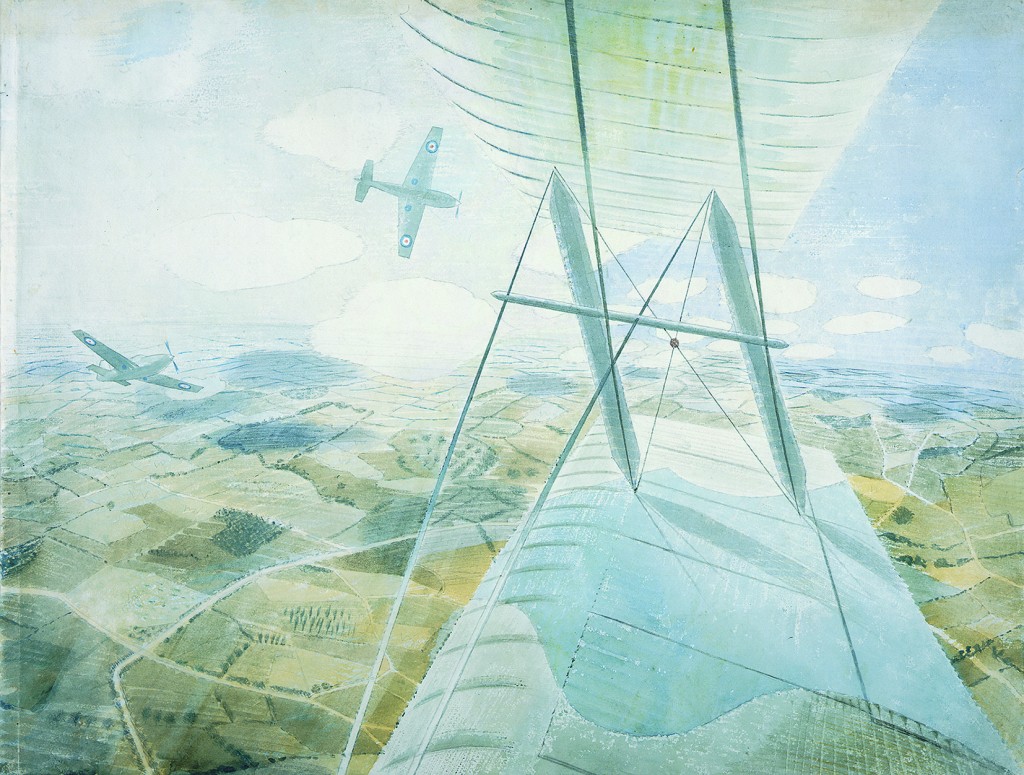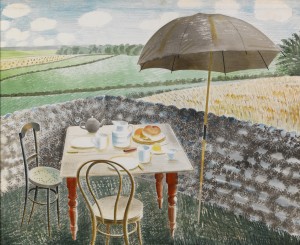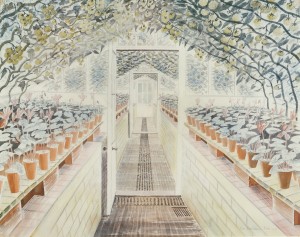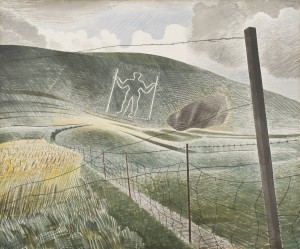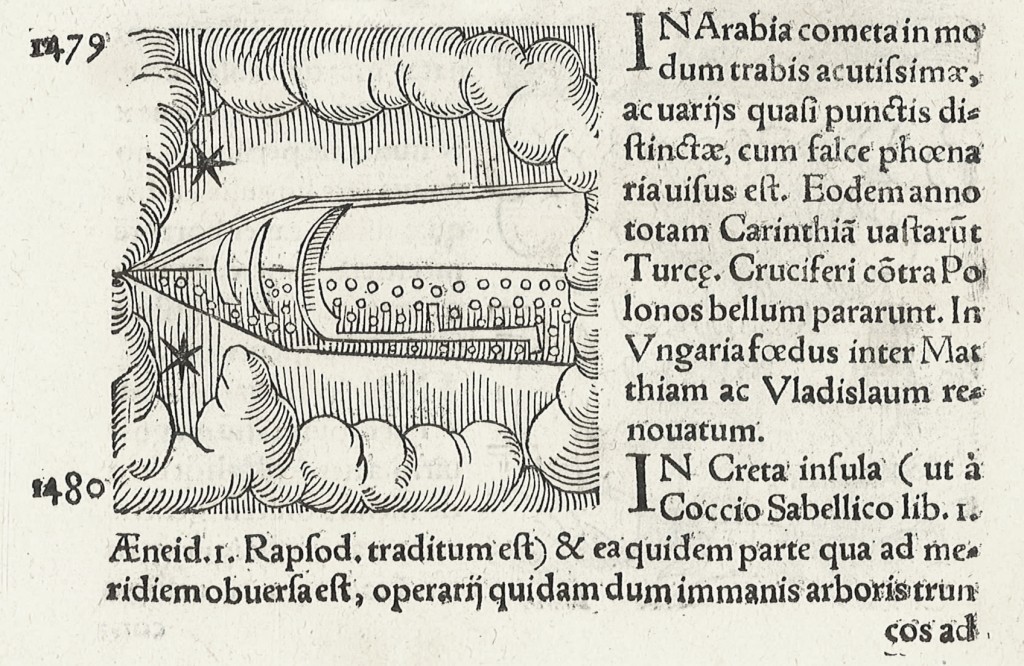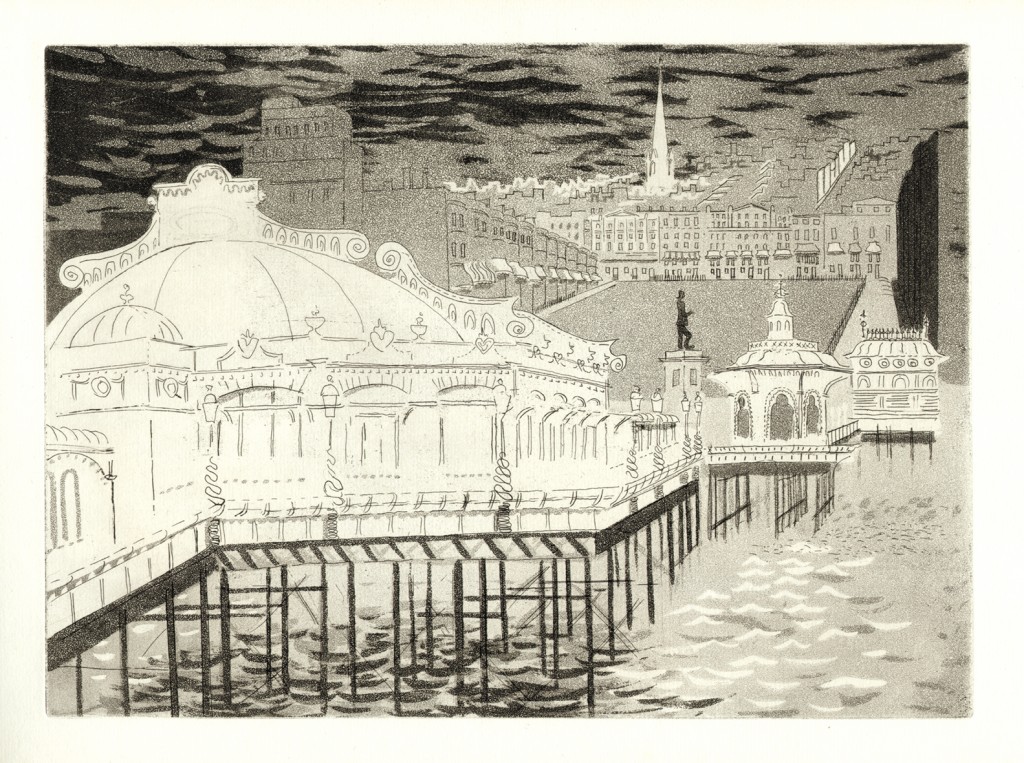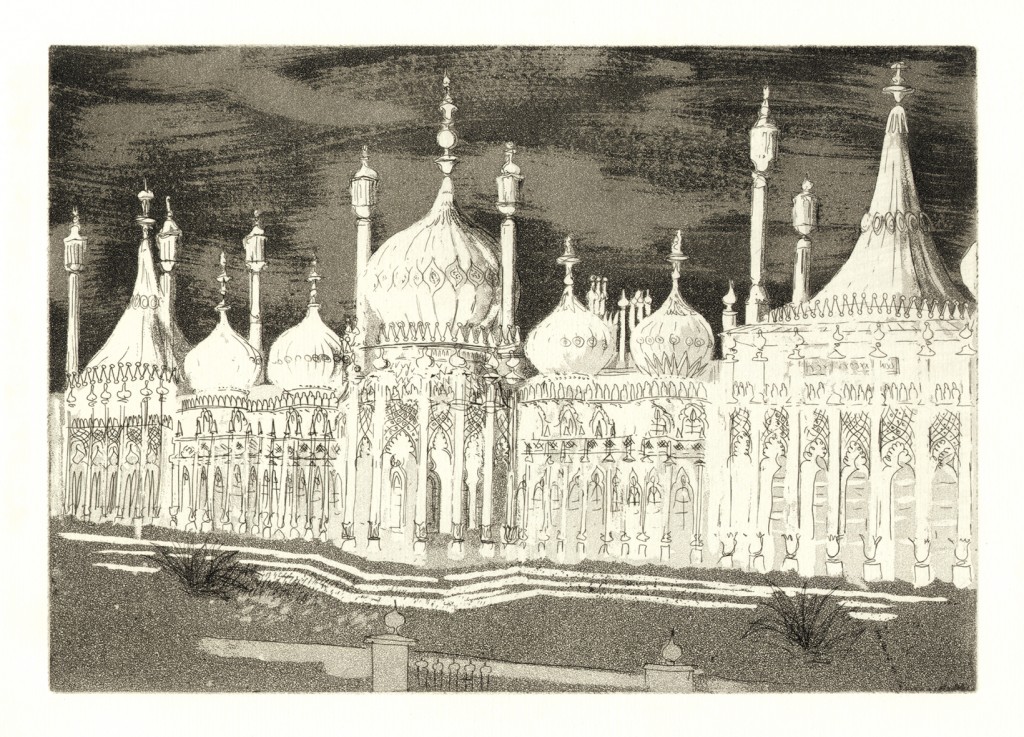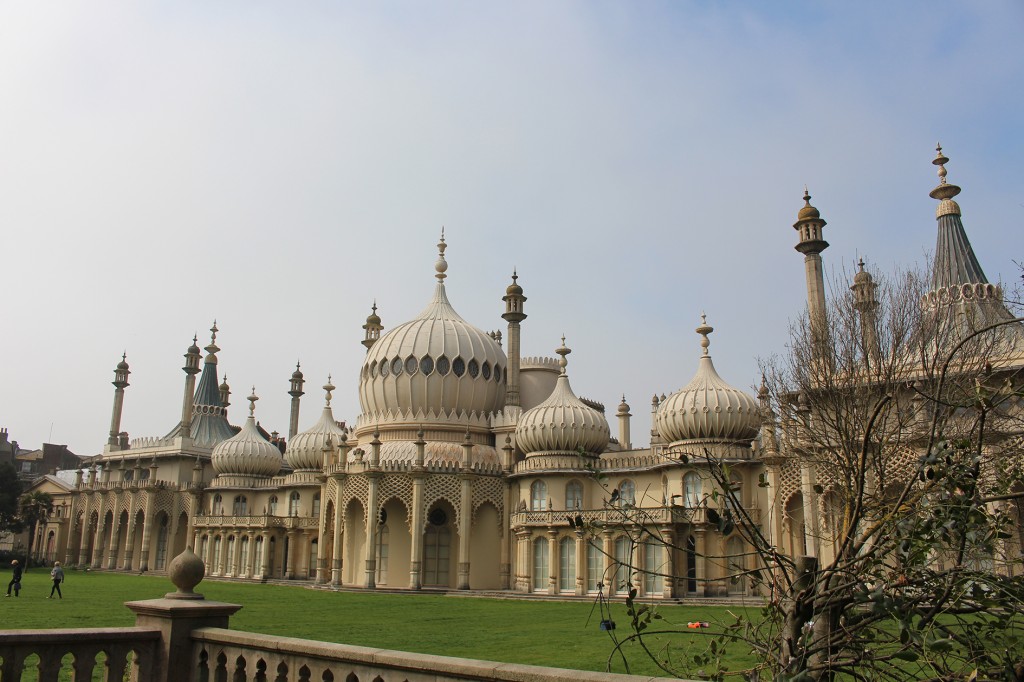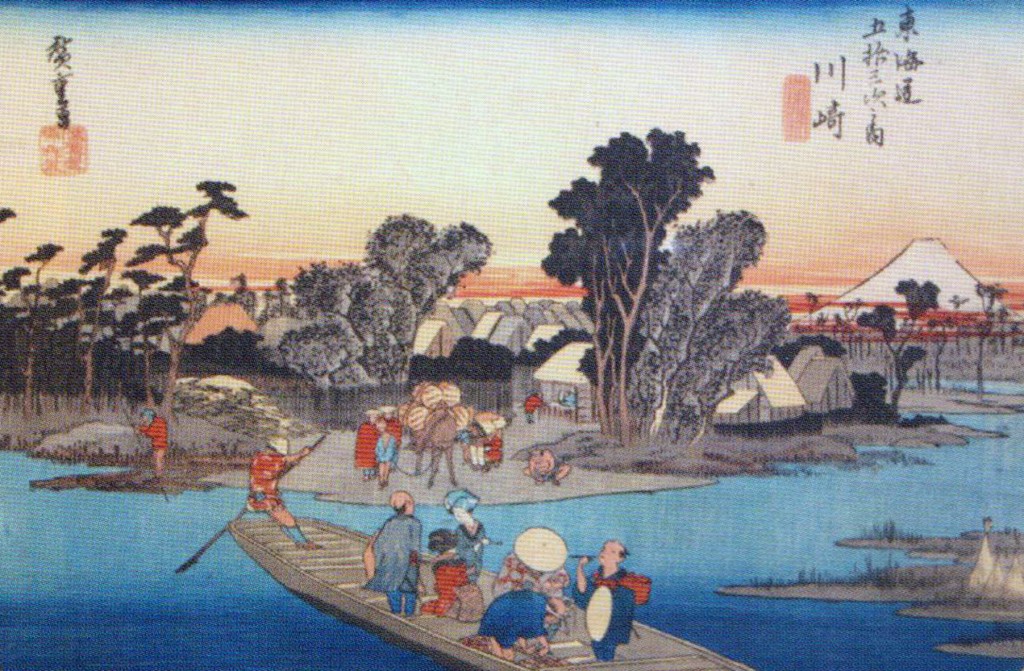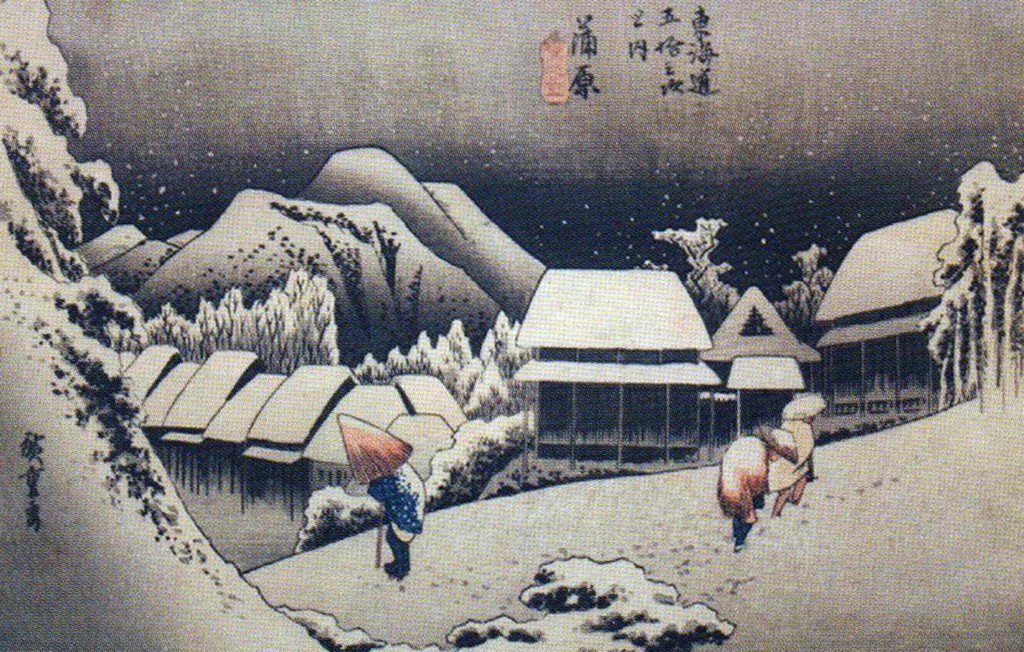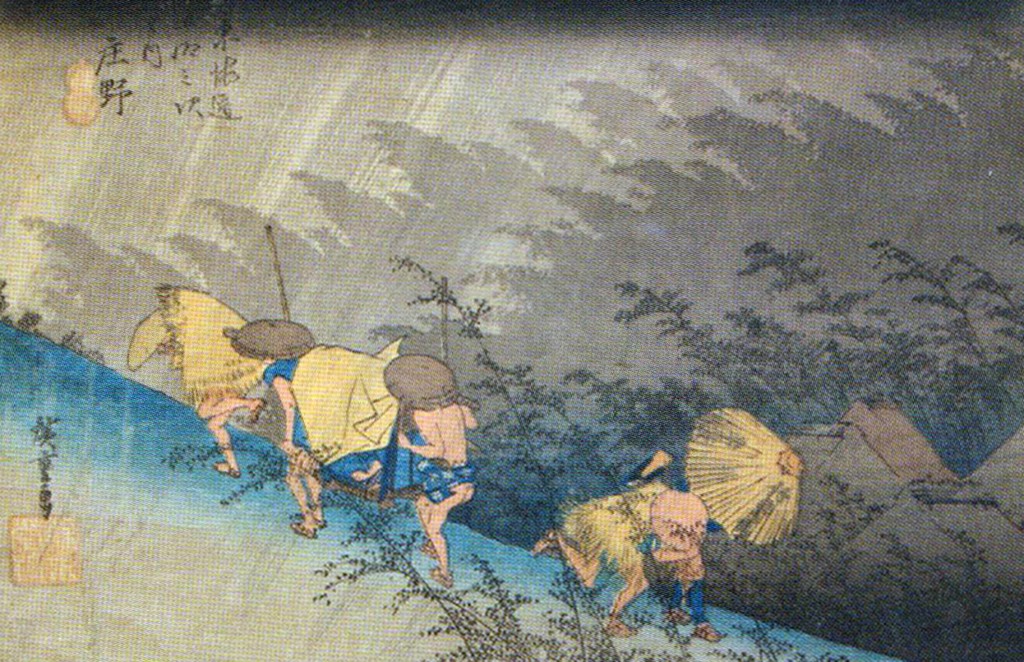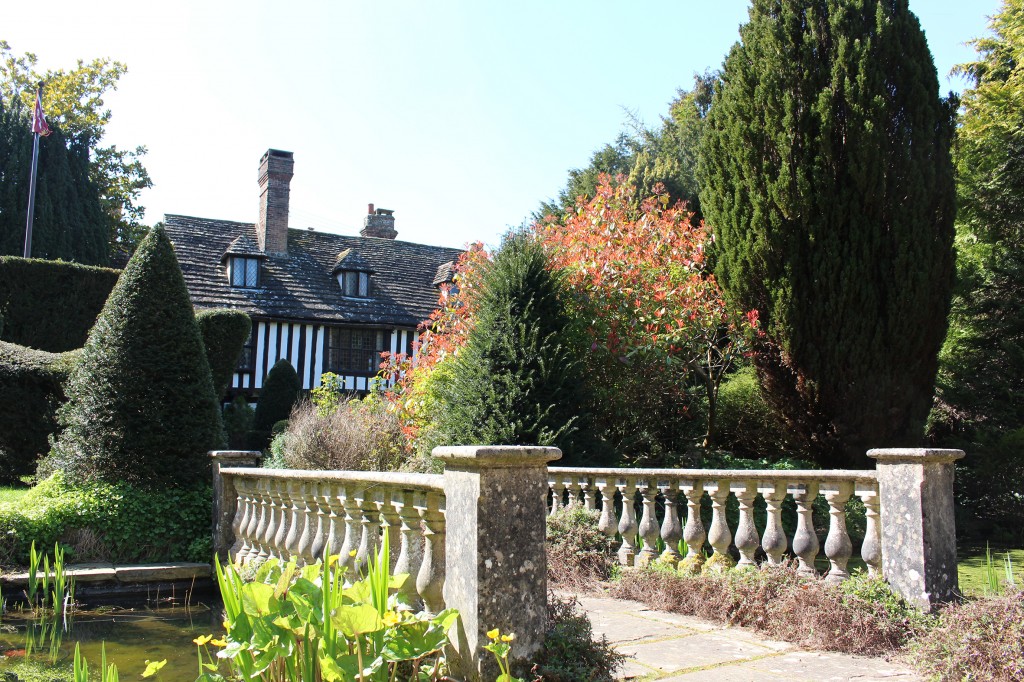
It is a bright spring evening as the Lord-Lieutenant of West Sussex, Mrs Susan Pyper, leads a gathering of friends and supporters at St Mary’s House and gardens, Bramber. We have come together to celebrate thirty years of conservation and restoration led by Peter Thorogood and Roger Linton.
The paths to the house and gardens are lined with primroses, violets and forget-me-nots, proof that spring has finally arrived. Guests include those who have supported Peter and Roger over many years in their desire to preserve and share the delights of St Mary’s House, Bramber.
The house we see today incorporates the surviving wing from the late 15th century when William of Waynflete, the Bishop of Winchester, built a new Chapel House around a galleried courtyard. The house is a good example of the use of close set vertical timbers known as close studding which became widespread in Sussex at that time.
The vision, dedication, hard work and generosity of Peter Thorogood and Roger Linton has permanently written their names into the story and history of this grand old house and her gardens. They have gathered a community of people around the house and gardens who have also offered their resources, time and talents to this project.
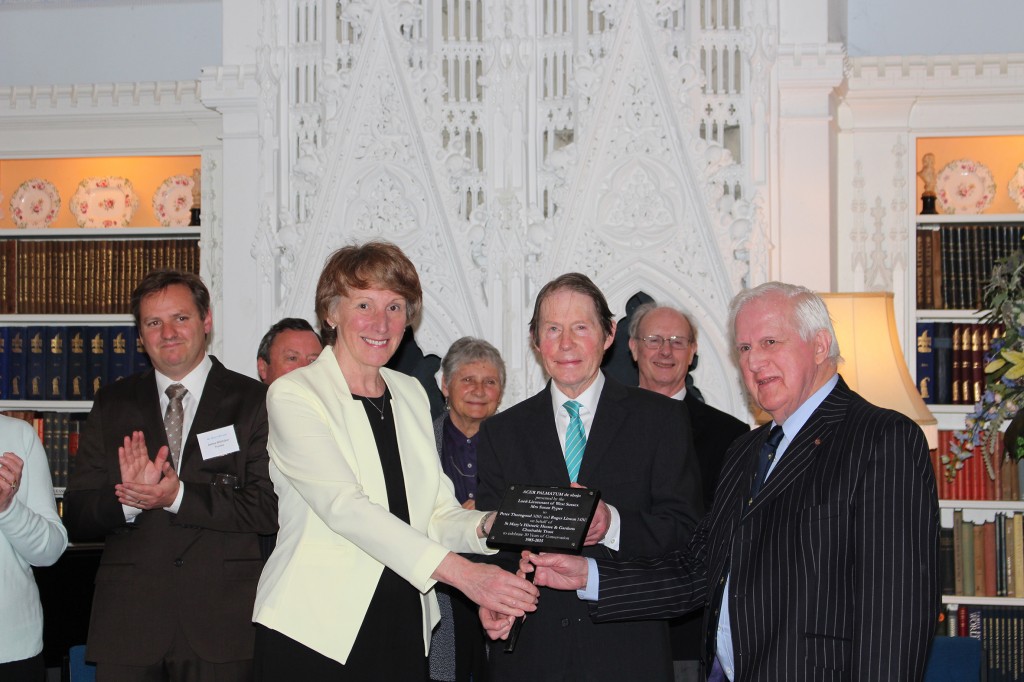
In the wonderful music room, with its large windows and gothic revival fireplace, Susan Pyper, The Lord-Lieutenant of West Sussex, speaks affectionately of the pleasure of returning “to be amongst friends”. She thanks the Friends of St Mary’s House and all those who had played their part in this evolving project as supporters and donors. Turning her attention to Peter and Roger she praises them saying that their “generosity of spirit knows no bounds.” Mrs Pyper acknowledges St Mary’s House and gardens as “a jewel in the crown of West Sussex with an international reputation.” The charitable trust, set up to support the house and gardens for the public’s benefit, has given an Acer Palmatum de shojo. Susan Pyper presents Peter and Roger with a commemorative plaque to accompany the tree and occasion.
Peter Thorogood responds saying that St Mary’s, Bramber is “all about people”. He notes the “friendly atmosphere and generosity” of all who had been involved in the house and gardens. These sentiments are echoed by Roger Linton who, reflecting on the visitors before the reception, remarks upon how he gains such “pleasure from their pleasure”.
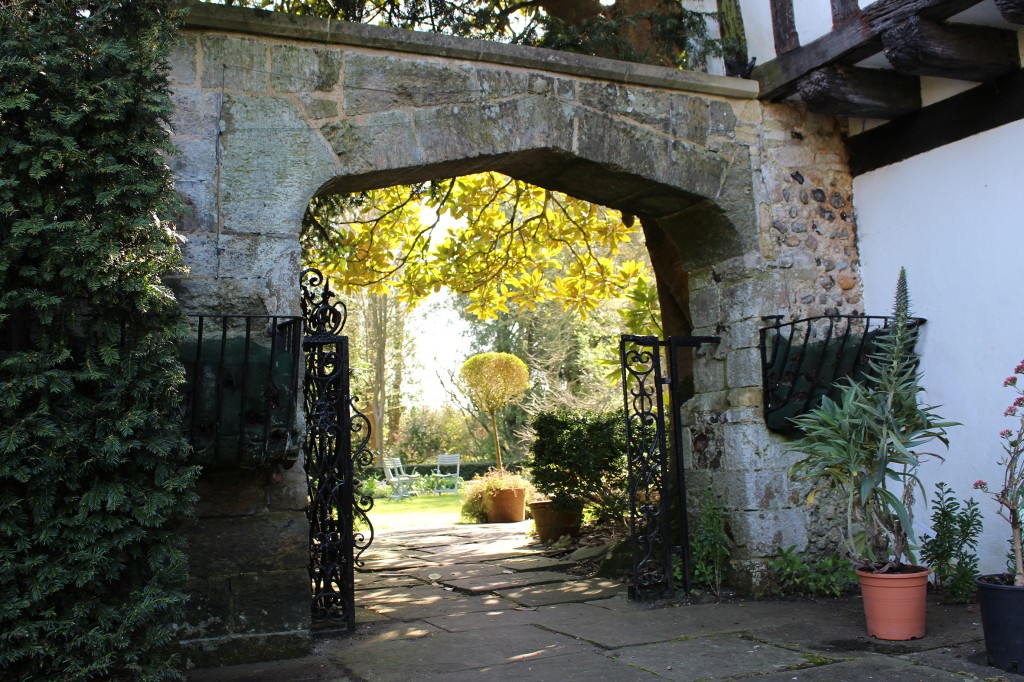
These generous custodians have always wanted to share St Mary’s with others and it is their intention that St Mary’s will remain accessible and at the heart of the local community for future generations.
Peter and Roger’s work and aspirations give expression to a deep sense of calling and vocation to this place and their vision to share St Mary’s with all of us. These ambitions have been at the heart of their lives and work. They richly deserve our thanks.
Whether visiting for the first time or returning to an old friend, as I often do, St Mary’s, Bramber never fails to delight with its architecture, collections, gardens and sense of history. St Mary’s House and gardens opens to the public for the 2015 season this coming Bank Holiday Sunday afternoon, 3rd May, 2-6pm. For further details go to www.stmarysbramber.co.uk or telephone 01903 816205.
By Revd. Rupert Toovey. Originally published on 29th April 2015 in the West Sussex Gazette.
